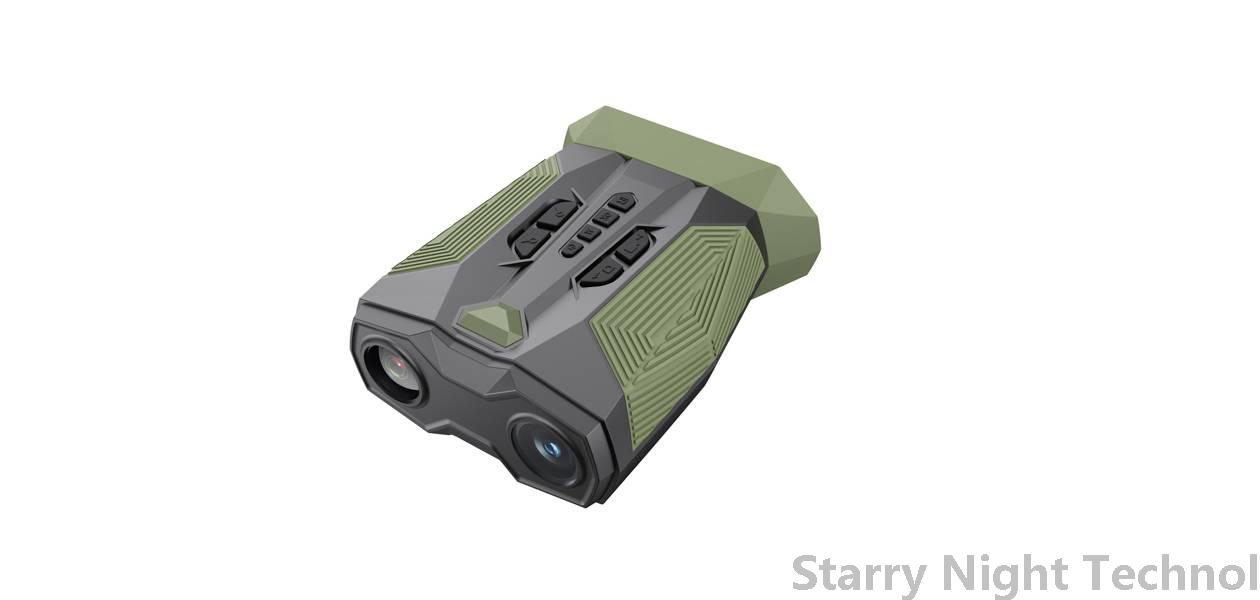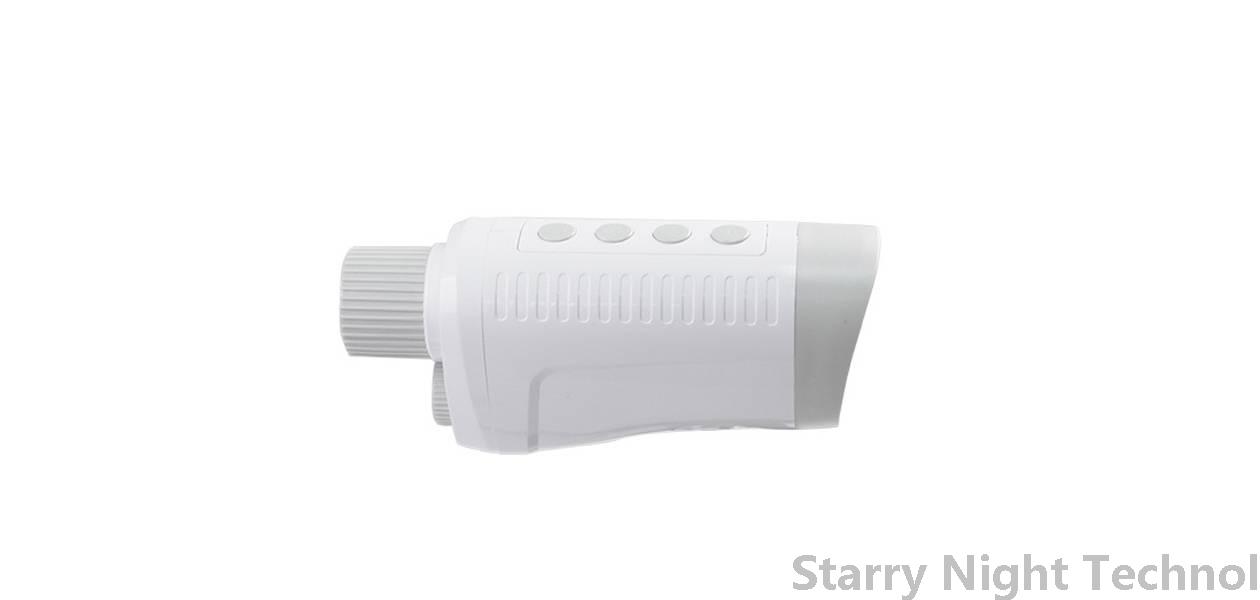"Illuminating the Dark: Night Vision Innovations in Military and Medical Applications"
1760684425000

In diverse realms, from military operations to medical diagnostics, the ability to see clearly in low-light conditions has historically been a luxury available to few. However, recent advancements in night vision technology have illuminated profound transformations across these sectors. By bridging the gap between darkness and perception, innovations in this field are not only enhancing operational effectiveness on battlefields but also revolutionizing patient care in healthcare settings.
#### The Evolution of Night Vision Technology
The journey of night vision technology began during World War II when German forces developed early infrared devices capable of detecting enemy movement under cover of darkness. Over the decades, technological advancements have redefined what is possible. From bulky, cumbersome designs typical of the late 20th century to today's compact, sophisticated systems, modern night vision technologies leverage cutting-edge developments, including thermal imaging, image intensification, and augmented reality (AR).
**1. Image Intensification:** Traditional night vision goggles use an image intensifier tube to amplify existing light photons – the photons can come from moonlight or starlight. This design generates green-hued images that allow users to distinguish shapes and movements even in complete darkness. Recent iterations have improved sensitivity and clarity, making it possible to operate effectively in light-limited situations, crucial for tactical operations.
**2. Thermal Imaging:** Unlike image intensification, which amplifies existing light, thermal imagers detect heat emitted by objects. As such, they excel in total darkness, fog, smoke, and other challenging environments. The applications range dramatically—detecting hostile forces hiding in natural terrain or identifying aircraft malfunction based on overheating components.
**3. Augmented Reality Integration:** Newer generations of night vision systems incorporate AR interfaces, enabling users to overlay tactical information onto their field of view. Such integration enhances situational awareness and coordination among troops, allowing them to operate effectively as a unit while reducing response times in high-stakes scenarios.
#### Military Applications
Recent conflicts highlight the strategic value of advanced night vision systems. In various global theaters, armed forces worldwide equip personnel with state-of-the-art devices designed to enhance both offensive maneuvers and defensive capabilities.
Night vision devices are vital for surveillance and reconnaissance missions. Armed forces utilize these tools to monitor enemy activity, assess landscapes, and inform strategic decisions without exposing personnel to unnecessary risks. Moreover, the incorporation of AI analytics into night vision imagery facilitates predictive assessments of potential threats, enabling teams to act proactively rather than reactively—a critical edge in contemporary warfare.
 #### Transformative Impacts in Medicine
#### Transformative Impacts in MedicineWhile military applications for night vision technology dominate discussions about its importance, the medical field has experienced ground-breaking enhancement through similar innovations. Hospitals increasingly adopt night vision technology in myriad facets ranging from surgery to emergency medicine.
**1. Surgical Procedures:** Surgeons often rely on ambient lighting during intricate procedures; however, variable lighting conditions can compromise visibility. Employing night vision goggles allows surgeons to operate with enhanced clarity in darkened surgical suites without compromising patients' safety. This added layer of visibility proves invaluable in complex surgeries where precision is imperative.
In addition, certain complications arising from surgery at night can occur due to fatigue or diminished lighting. Utilizing night vision technology mitigates these challenges, empowering healthcare professionals to maintain peak performance regardless of operating hours.
**2. Emergency Care:** Accessing emergency services during night-time events presents unique obstacles. Chaos within trauma bays becomes exacerbated by darkness, complicating efforts to treat critically injured individuals. By providing clinicians with night vision enhancements, they can navigate such environments with ease, access supplies promptly, and administer the necessary interventions efficiently.
**3. Diagnostic Imaging:** Beyond immediate care, avenues exist to harness night vision principles within diagnostic imaging. Researchers are exploring methods to combine night vision technology with mundane hospital machinery, like endoscopes and ultrasounds. This could provide solutions for conducting examinations on patients who struggle with conventional approaches, requiring extra diligence for accurate diagnoses.
#### Looking Forward: Future Prospects
The future of night vision—spanning military and medical domains—is deeply intertwined with ongoing research and refinement in optics, electronics, and software integration. Emerging trends point toward higher-definition displays, lighter materials for portability, and increased affordability, democratizing access to this pivotal technology. Additionally, drone-based night vision systems represent a forward-thinking approach to reconnaissance and monitoring, extending the reach of human oversight into otherwise inaccessible areas.
Moreover, cross-collaboration among industries will pave the way for more innovative uses that we cannot yet imagine. Multi-faceted synergies may well lead to breakthroughs addressing societal needs—from disaster management units utilizing advanced visuals to understand environmental cataclysms to nighttime search-and-rescue operations employing image analytics for greater efficacy.
Ultimately, the evolution of night vision technology represents far more than hardware improvements; it signifies a progression toward understanding the unseeable, illuminating our paths through darkness whether on distant battlegrounds or within the confines of a hospital room. As innovations continue unveiling new potentials, one truth remains steadfast—the ability to perceive amidst adversity reshapes our world profoundly.
What should be selected for night vision devicesStarry Night Technol

